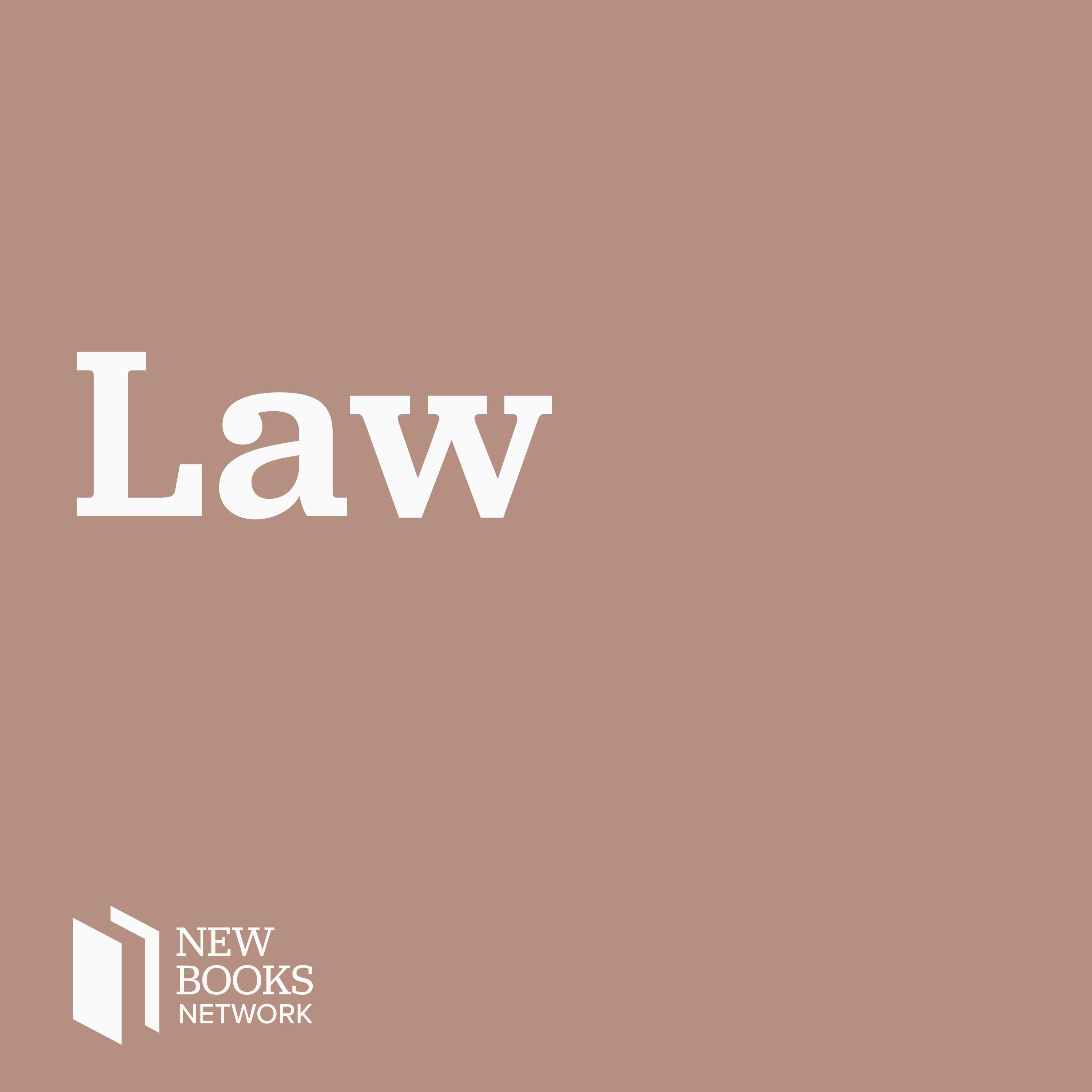David Alan Sklansky, "A Pattern of Violence: How the Law Classifies Crimes and What it Means for Justice" (Harvard UP, 2020)

In the wake of the George Floyd killing, many Americans are engaging in a renewed debate about the role violence and especially police violence, plays in American society. In\xa0A Pattern of Violence: How the Law Classifies Crimes and What it Means for Justice\xa0(Harvard UP, 2020), David Alan Sklansky, the Stanley Morrison Professor of Law at Stanford Law School, argues that in order to think sensibly about criminal justice, we must consider how we think about violence and the criminal law\u2019s role in shaping our perceptions.\nSklansky argues that the criminal law\u2019s definitions of violence have proven \u201cslippery\u201d and have been used in highly inconsistent ways. We talk about offenders as being characterologically violent, but contrastingly talk about the police, gun owners, or free speech activists in nonviolent terms. For example, police officers use \u201cforce\u201d to subdue \u201cvicious\u201d criminals. Or they \u201cstop and frisk\u201d suspects instead of violently violating a person\u2019s bodily integrity. While the police have increasingly militarized and have become more insular and reactionary, Sklansky argues that police institutions themselves have also played a role in creating many of the situations in which the police find themselves. Additionally, Sklansky significantly details how our conversations of violence regarding rape and domestic violence, the treatment of juvenile offenders, and free speech and gun rights, suffer from the same inconsistencies, especially as they tend to exaggerate and perpetuate race, gender, and class differences.\nSklansky argues that the law has not always drawn consistent boundaries between violent and non-violent offenses. Burglary, while labeled a violent felony, requires no act of interpersonal violence. Assault or battery, on the other hand, are often misdemeanors, though they require physical violence.\nIn addition to thinking inconsistently about violence, most Americans accept and even celebrate forms of societal violence. For example, American prisons, while not officially condoning violence, allow and sometimes encourage violence against prisoners as forms of discipline and retribution. As Sklansky argues, violence in these institutions is often treated as a form of entertainment, a \u201cmorbid parody of combat sports.\u201d\nSklansky prompts us\xa0to confront our overly simplistic definitions and assumptions about violence in the American law. He encourages us to take advantage of an increased awareness of violence and to work toward more just and consistent definitions.\nSamuel P. Newton is an Assistant Professor of Law at the University of Idaho College of Law.\nLearn more about your ad choices. Visit megaphone.fm/adchoices\nSupport our show by becoming a premium member! https://newbooksnetwork.supportingcast.fm/law